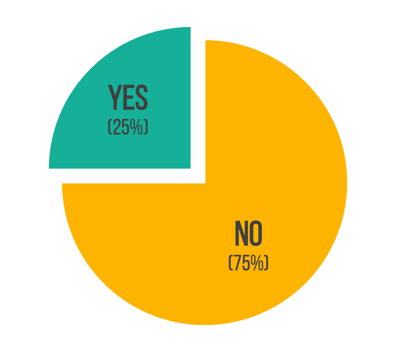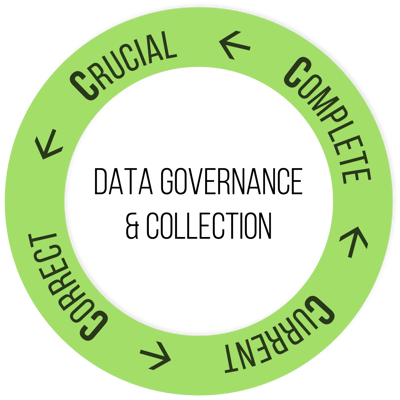9 Ways Your Enterprise Architecture Will Fail
Why does Enterprise Architecture (EA) fail? This is an evergreen question that people from the EA industry frown upon, and yet when our marketing...

Data stewards play a crucial role in ensuring the quality and usability of an organization's data, and effective data management can provide significant competitive advantages. This blog post will discuss practical tips and strategies to win over data stewards and influence senior management to help prioritize your data management initiatives.
We asked the EA community on LinkedIn a simple yes or no question: Do data stewards engage with your EA portfolio?
 Not surprisingly, 75% of the people said that data stewards don’t really engage or manage the data in the EA portfolio. This has been a problem for enterprise architecture teams for decades. Read further as we dive into a few things you can do to get data stewards on your side and engage with your EA portfolio. (Skip to webinar recording here.)
Not surprisingly, 75% of the people said that data stewards don’t really engage or manage the data in the EA portfolio. This has been a problem for enterprise architecture teams for decades. Read further as we dive into a few things you can do to get data stewards on your side and engage with your EA portfolio. (Skip to webinar recording here.)
Don’t just show some beautiful models the data stewards won’t understand. It is vital that you tell them why you need to work together and what the outcomes would be. You need to be clear about the value being provided to the organization.
Don’t just build some beautiful models, that nobody understands.
To get senior stakeholders on board, you must understand their mindset. Here are some practical tips on how you could do that:
At the end of the day, senior stakeholders are the ones who decide whether what you’re doing is successful or not, so make sure your efforts align with the business goals.
You should communicate the following two points in clear and layman’s terms:
Consider investing in (or see if your organization already has one!) a communications officer who has no idea of enterprise architecture. This way, you ensure that your communications will be in a language that anyone from your organization will understand. Because if this communications officer can understand what you’re doing, they can explain it to anyone and everyone in the company for you.
It would be best to deliver value every 3-6 months.
Before doing anything with the data stewards, you should contact their immediate manager and inform them. If you keep them in the dark, they could be an obstacle for you in the future.
When you have the data stewards’ immediate manager committed, they will work towards your success, too.
It would be best if you aimed for the engagement with your portfolio to be a one-click solution. It is vital to ensure the data stewards' job of updating or validating your data would take them as few clicks as possible. Make the task as simple as possible.
Make sure you assign tasks or email reminders to the stewards, so they know when it is time again for them to validate your data.
There are different ways to address data governance. We have the 4C methodology at ins-pi, which we have been running for years.

When talking about data, you should first check if it has been completed. The following questions will be helpful:
- the asset’s name
- what it is doing
- who is responsible for it
- what is the lifecycle
Next, make sure the data is current. These questions can help you with that:
To make sure the data you are looking at is correct, you can ask the following questions:
And finally, when talking about the crucialness of data, the following should guide you:
If you want to learn more, you can watch our webinar on the topic below:
Resources:

Why does Enterprise Architecture (EA) fail? This is an evergreen question that people from the EA industry frown upon, and yet when our marketing...

You have assembled your Enterprise Architecture team. So now what? How do you start with Enterprise Architecture? We have compiled these three...

As an enterprise architect or portfolio manager, you have the power to shape your organization's future. The data and strategies you present can...